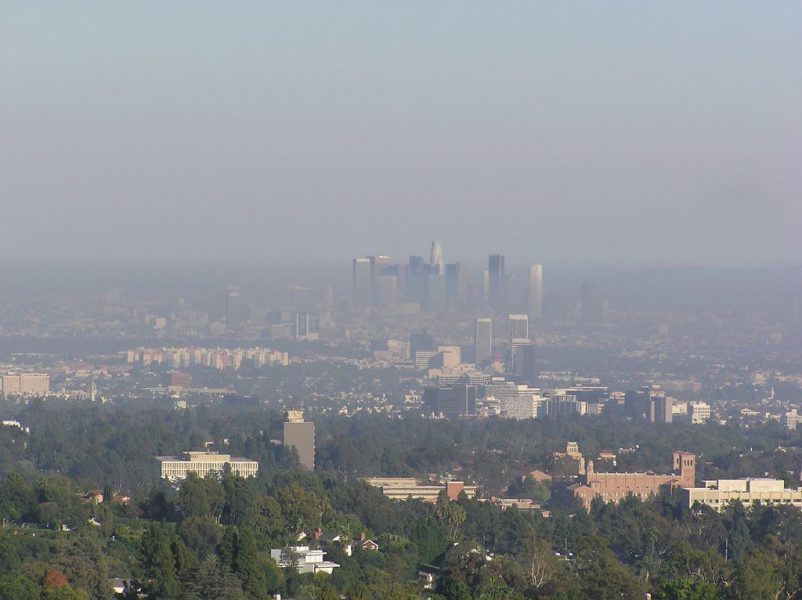How Will Air Pollution Affect Climate Change?
December 8, 2024

Once released into the atmosphere, the aerosols that make up air pollution can have a range of climatic effects. They can reflect sunlight or absorb it. They can affect cloud formation and brightness.
A project led by Geeta Persad, an assistant professor in the Department of Earth and Planetary Sciences, is working to understand these effects by projecting climate risks associated with different air pollution scenarios in the coming decades.
“In the next 20 to 30 years, (the aerosols) will either stay the same or grow slightly or disappear completely. That’s a huge uncertainty in how rapidly climate change is going to accelerate,” said Persad. “What we’re really trying to do here is ensure that this aerosol uncertainty is going to be characterized appropriately.”
Persad and her team will use SPEAR, one of the leading climate prediction models of the National Oceanic and Atmospheric Administration (NOAA). They will be focusing on how hazards — such as floods, fires and drought — across the United States could be affected by different levels of aerosol emissions.
The research is part of a larger NOAA initiative called “Climate Futures: Projections for Socially-Relevant Problems.” The initiative includes 13 research projects seeking to improve climate change projections. The project is funded by a grant from the Modeling, Analysis, Predictions, and Projections program at NOAA’s Climate Program Office.
Back to the Newsletter